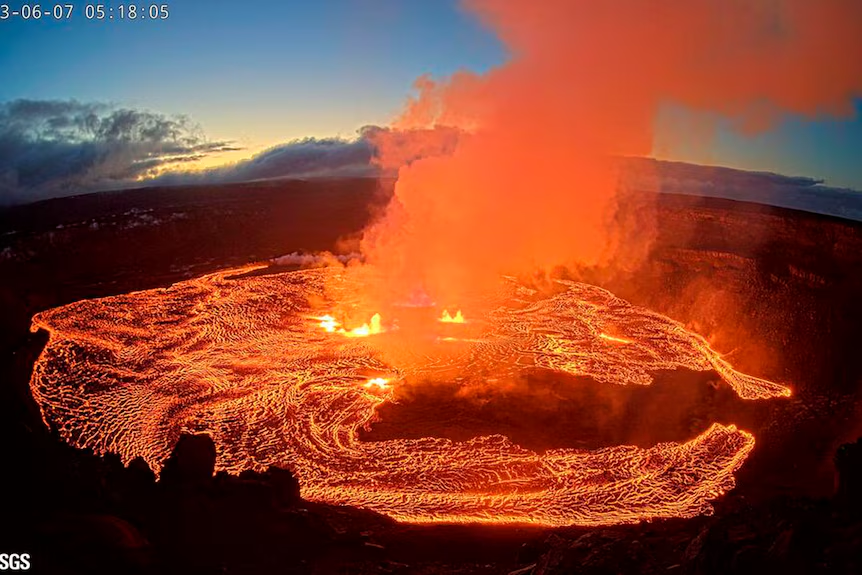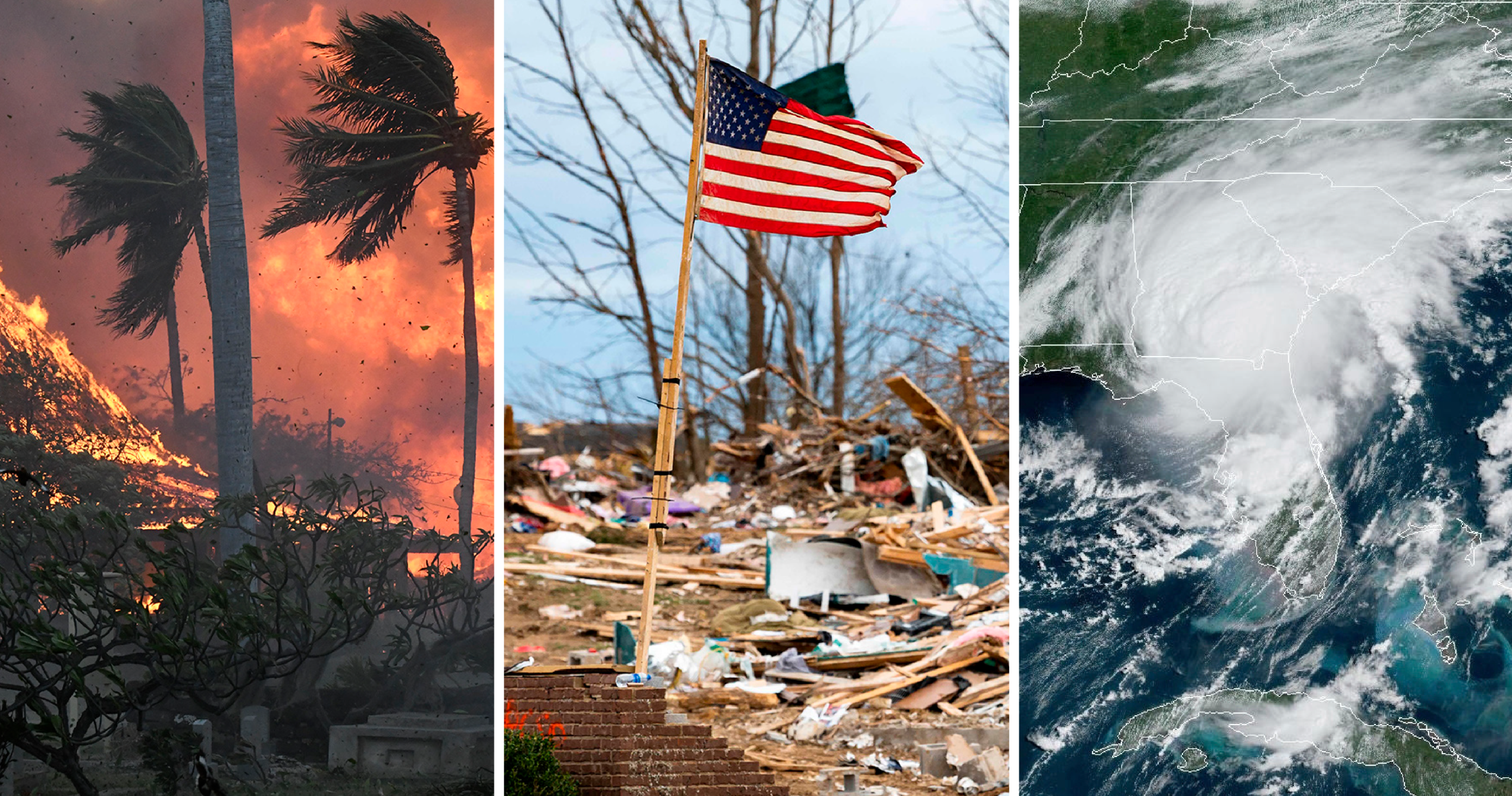Volcanoes are among the most powerful and fascinating natural features in the solar system. While Earth’s volcanoes have shaped continents, influenced climates, and even altered the course of history, Mars and Venus also boast their own volcanic landscapes—each with unique characteristics. Studying volcanic activity on these planets not only reveals their geologic past but also offers clues about planetary evolution and potential habitability.
Volcanism: A Universal Geological Force

Volcanism is a process that occurs when molten rock, or magma, rises from a planet’s interior and erupts onto the surface. It plays a crucial role in planetary formation, shaping landscapes and contributing to atmospheric compositions. However, the nature and frequency of volcanic activity vary widely across different celestial bodies.
Three planets in the inner solar system—Earth, Mars, and Venus—have experienced extensive volcanic activity. While Earth remains geologically active, Mars and Venus show signs of past and, in Venus’ case, potentially ongoing volcanism.
Earth: The Dynamic Volcanic Planet
Key Features of Earth’s Volcanoes
✅ Active plate tectonics drive volcanic eruptions. ✅ A variety of volcano types, including shield, stratovolcanoes, and calderas. ✅ Eruptions range from gentle lava flows to catastrophic explosions.
Earth is the most volcanically diverse and geologically active planet in the solar system, thanks to its tectonic plates. Volcanic activity occurs at three main types of plate boundaries:
- Divergent boundaries: Mid-ocean ridges like the Mid-Atlantic Ridge.
- Convergent boundaries: Subduction zones, where oceanic crust sinks beneath continental crust, forming chains like the Pacific Ring of Fire.
- Hotspots: Stationary plumes of magma, such as the Hawaiian Islands.
Famous Earth Volcanoes
- Mount St. Helens (USA): Known for its catastrophic eruption in 1980.
- Kīlauea (Hawaii): One of the most active volcanoes, continuously erupting for decades.
- Yellowstone Caldera: A supervolcano that last erupted 640,000 years ago.
Earth’s volcanic activity contributes to climate regulation, nutrient cycling, and even the formation of new landmasses. But how does this compare to other planets?
Mars: The Red Planet’s Giant Volcanoes
Key Features of Martian Volcanoes
✅ Home to Olympus Mons, the largest volcano in the solar system. ✅ Shield volcanoes dominate the landscape. ✅ No current eruptions, but evidence suggests activity in the past few million years.
Mars lacks plate tectonics, which means its volcanic features remain largely unchanged for billions of years. The absence of moving plates allowed massive shield volcanoes to form over long periods, as magma repeatedly erupted from stationary hotspots.
Famous Martian Volcanoes
- Olympus Mons: The tallest volcano in the solar system, rising about 13.6 miles (22 km) high and spanning 370 miles (600 km) across.
- Tharsis Montes: A group of large shield volcanoes, including Arsia Mons, Pavonis Mons, and Ascraeus Mons.
- Elysium Mons: A smaller volcanic province with signs of past lava flows.
While there is no evidence of current eruptions, scientists believe Mars may have experienced volcanic activity as recently as 2 million years ago. The discovery of young lava flows suggests that pockets of magma might still exist beneath the surface.
Venus: A Volcanic Mystery
Key Features of Venusian Volcanoes
✅ Over 1,600 major volcanoes identified. ✅ Frequent resurfacing events suggest recent or ongoing activity. ✅ Thick atmosphere and high surface temperatures affect volcanic processes.
Venus, often called Earth’s twin due to its similar size and composition, is covered in volcanic structures. Unlike Earth, Venus lacks plate tectonics, but its surface appears to have been reshaped by widespread volcanic eruptions.
Famous Venusian Volcanoes
- Maat Mons: One of the largest volcanoes on Venus, with evidence suggesting recent lava flows.
- Sif Mons: A shield volcano with extensive lava plains.
- Idunn Mons: Monitored for potential signs of active volcanism.
Venus’ thick carbon dioxide-rich atmosphere creates an extreme greenhouse effect, keeping surface temperatures around 900°F (475°C). This intense heat, combined with the high atmospheric pressure, affects volcanic activity by altering the way lava behaves.
Recent studies using radar imaging from spacecraft like NASA’s Magellan and ESA’s Venus Express indicate that Venus may still be volcanically active today. https://www.jpl.nasa.gov/news/ongoing-venus-volcanic-activity-discovered-with-nasas-magellan-data/
Comparing Volcanism on Earth, Mars, and Venus
| Feature | Earth | Mars | Venus |
|---|---|---|---|
| Tectonic Activity | Active plate tectonics | No plate tectonics | No plate tectonics |
| Volcano Type | Diverse (shield, stratovolcanoes, calderas) | Mostly shield volcanoes | Mostly shield volcanoes |
| Eruption Frequency | Frequent, varies by region | Mostly extinct, some recent evidence | Possibly active |
| Largest Volcano | Mauna Loa (Hawaii) | Olympus Mons | Maat Mons |
| Atmospheric Impact | Volcanic gases influence climate | Thin atmosphere, minimal effect | Thick CO2 atmosphere, extreme conditions |
Why Studying Volcanism on Other Planets Matters
Understanding how volcanoes function on different planets helps scientists answer key questions about planetary evolution, climate change, and even extraterrestrial life. For example:
- Mars: Investigating volcanic activity can reveal past water activity and potential habitable conditions.
- Venus: Studying active volcanism helps us understand how planetary atmospheres evolve under extreme conditions.
- Earth: Comparing other planets to Earth provides insights into long-term climate and geological stability.
Final Thoughts: The Fiery Worlds of Our Solar System
Volcanoes shape landscapes, influence atmospheres, and hold the secrets to planetary evolution. While Earth’s active volcanism continuously reshapes the planet, Mars’ extinct giants and Venus’ potential firestorms offer compelling glimpses into different geologic histories.
Future missions, such as NASA’s VERITAS and DAVINCI+ to Venus and Perseverance’s Mars studies, will deepen our understanding of volcanic processes beyond Earth. By studying these extraterrestrial fire mountains, scientists can unlock the mysteries of how planets change over time—and what that means for their potential to support life. Terraforming Mars: Can Geology Help Make the Red Planet Habitable?
What do you think? Could Venus still have active volcanoes? Will Mars see eruptions in the distant future? Let us know in the comments!


